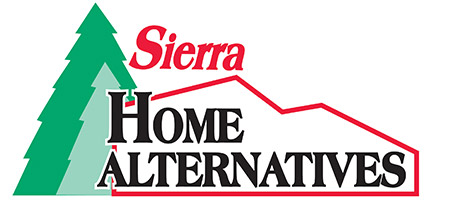Wood-burning fireplaces and wood stoves continue to grow in popularity, and with as efficient and beautiful as they are, there are some safety risks that homeowners should be aware of when operating these gorgeous heating appliances. An understanding of safety should be a priority, to avoid hazardous fires caused by wood burners. Statistics show that fires caused by wood-burning appliances in the U.S. are associated with approximately 2,500 injuries and 280 deaths annually. Needless to say, special attention must be paid to these risks on a regular basis. The following tips and information will help you to ensure the safe operation of your wood-burning appliance.
Common Wood Burner Hazards
The following points are among the leading causes of fires associated with wood-burning:
- Chimney obstructions cause many fires every year. It is dangerous to light a fire in a fireplace or wood stove without knowing whether the chimney has been properly maintained and is clear of blockage.
- An excess build-up of creosote is among the causes of chimney obstructions, but that isn’t the only reason to keep your chimney clean. Creosote is highly flammable. A spark from the fire could ignite the creosote in your chimney lining and cause a hazardous chimney fire. Chimney fires are intense blazes that can quickly spread to the house, sometimes leaving the occupants insufficient time to safely escape.
- When a wood burner is not installed with proper clearance from combustible materials, such as the floor, walls, furniture, and ceilings, the result can be a dangerous fire.
- The chimney is either incorrectly installed or improperly maintained.
- The appliance is not installed, maintained, or operated according to instructions provided by the manufacturer.
More About Clearances
Some insurance companies will not cover fires caused by wood burning appliances if they are not professionally installed. Proper installation can help to ensure safe use and optimal performance of a wood-burning appliance.
One of the most important installation aspects is clearance to combustibles. The spacing should follow manufacturer’s required distances. Non-combustible materials required safety distance can be reduced with approved heat shields protected walls. Your wood-burning appliance Installation Manual will provide the best methods to reduce the minimum clearances to combustible materials.
We reiterate the importance of following the manufacturer’s instructions and to seek professional expertise to ensure a safe installation compliant with all relevant Codes and Regulations.
Wood Stove Safety Tips
Are you eager to enjoy your wood stove with peace of mind ? Read carefully the following recommendations.
- Have a professional install your wood-burning appliance, particularly for the purpose of being sure the clearance between the stove and combustibles is adequate.
- Wood stoves should always be placed on a fire-resistant, noncombustible base.
- Have a professional inspect your chimney annually.
- Burn only wood that has been properly dried or seasoned.
- Safely dispose of ashes. A metal container with a lid should be used, and it should not be placed on a combustible surface or, for instance, on the back porch. Place the ashes away from the home, to give them adequate time to completely cool.Do not place your ash bucket on a combustible floor, even if it is on your outdoor patio.
- If possible, avoid extending a stove pipe through a ceiling or wall.
- Do not connect a wood stove to a chimney that is being used for another purpose, such as for another appliance.
- Never start a fire with flammable liquids.
- Do not burn trash in a wood stove because the result could be a chimney fire.











